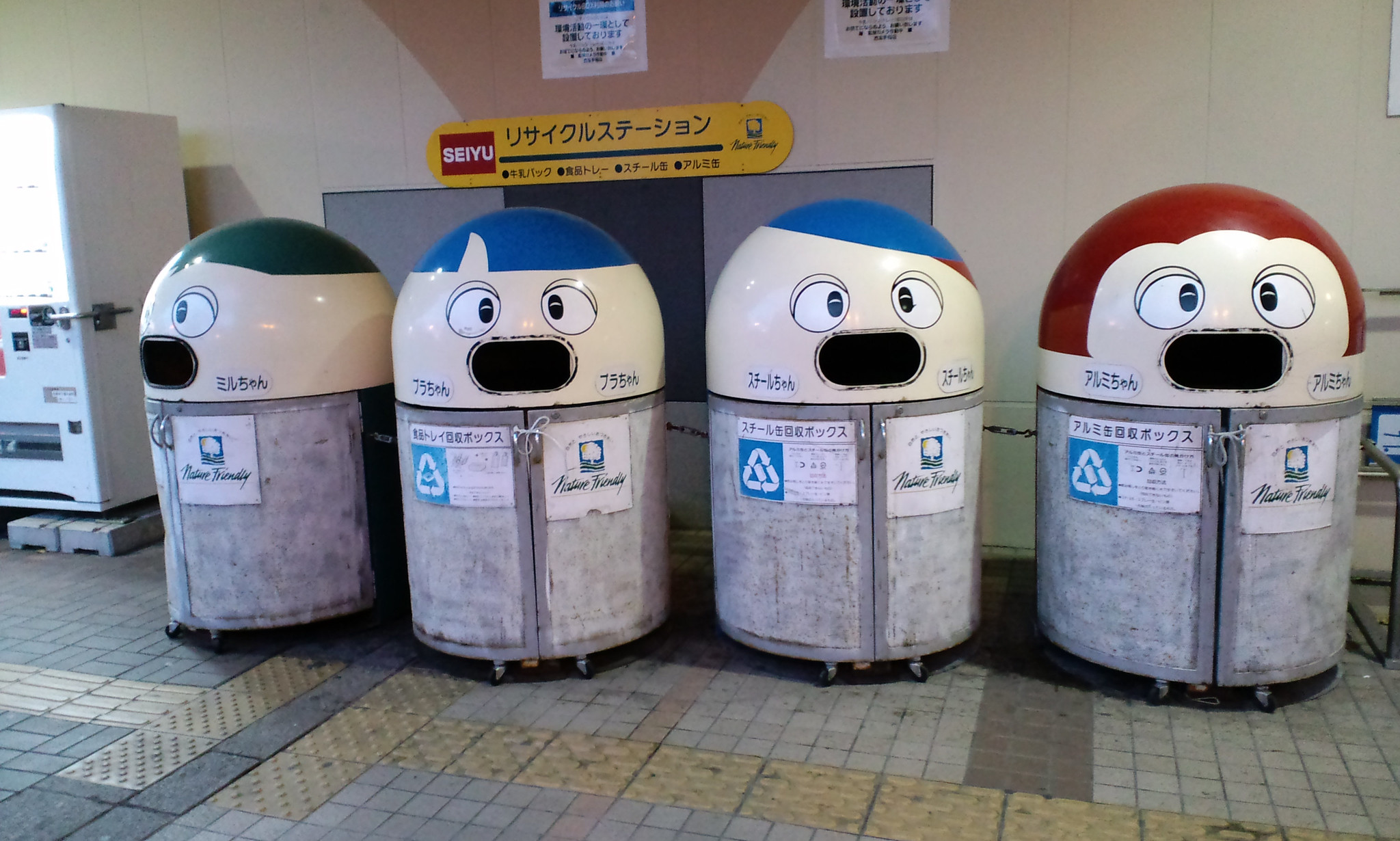By the end of this decade, Japan hopes to have at least three new clean energy solutions for plastics, which has emerged as the fastest growing area for crude oil. Plastics are everywhere, but few people realize the significant amount of fossil fuels that go into their production, and that they are a major product for the petrochemical industry. By 2030, the sector may account for as much one third of the world’s petroleum demand, according to International Energy Agency forecasts.
According to Plastics Europe, 390 million tons of plastics were produced globally in 2021. Only 10% are recycled. Equally, only 10% of all plastics produced in 2021 came from a “green” source. Plastic-related GHGs constitute close to 3% of the world’s CO2 emissions. This makes the widespread use of plastic for both industrial and personal consumption an overlooked aspect of the energy transition. In addition to the threat from greenhouse gas emissions (GHGs) during their production, plastics carry the threat of environmental contamination since they break down very slowly, until they become microplastics that permeate every aspect of our environment. These materials were recently detected in the bloodstream of people, animals and fish.
According to the Center for International Environmental Law (CIEL), emissions from the plastics sector already rose 15% from 2012 to 2018. One year’s worth of emissions from plastic production is estimated to contribute the equivalent of 189 large coal plants. That figure could triple by 2050, unless action is taken.
While Japan is not among the top 10 big plastic consumers in the world on a per capita basis, Japan ranks No. 2 in discarding plastic waste, which indicates that single- use plastics account for much of the total. This is why Japan has embarked on an ambitious program to improve its sustainable impact, with special focus on finding a new generation of non-toxic plastics that won’t detrimentally impact the environment. Last month, the so-called Moonshot R&D Program delivered promising early-stage results.

